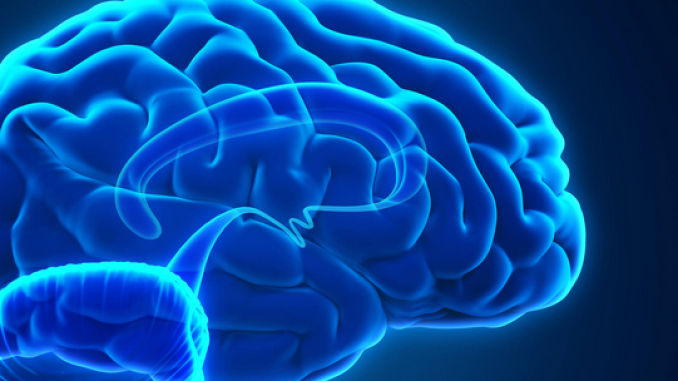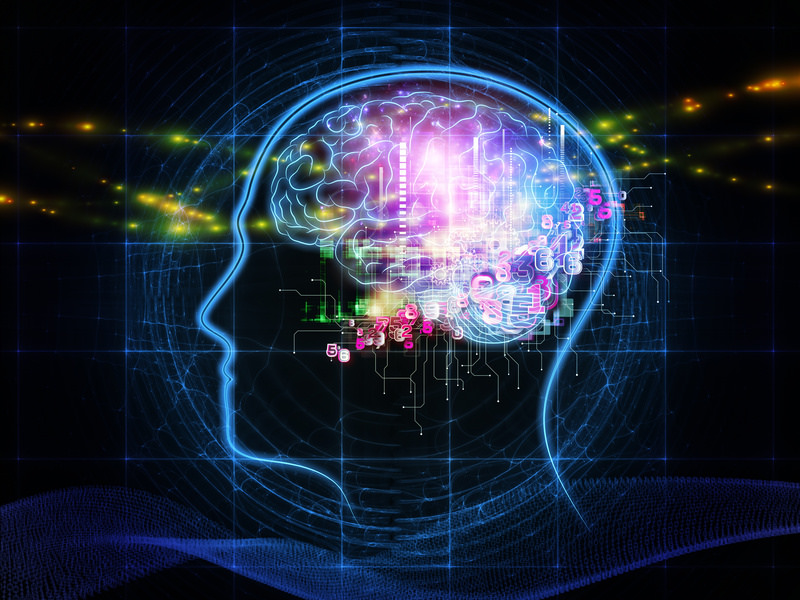
As its label recommends, distressing mind injury is far more compared to just a bump on the head. This type of injury takes place when there is an abrupt and intense injury to the brain. The Centers for Ailment Control and Deterrence estimate that drops are the leading cause of traumatic mind trauma, accounting for about 30 percent of the 1.7 thousand mind injuries showed every year in the USA. Vehicle accidents, assaults, and accident occasions are also considered as leading causes. In this article, you’ll discover standard details regarding the reasons, signs, and therapies connected to distressing brain trauma.
Causes of Traumatic Mind Injury
The 4 major sources of mind injury were listed in the intro, however you can find much more detailed information right here.
- Falls source over 523,000 ER sees and more than 9,700 deaths every year. This category is additionally the reason for more than half of all brain traumas in children under the age of 14. Falls are likewise responsible for more than 60 percent of all mind traumas in grownups older than 65 years of ages.
- Mishaps that included the victim being struck by or versus a things added an extra 271,000 ER brows through and virtually 400 fatalities.
- Motor-vehicle mishaps make up the greatest variety of brain-injury associated fatalities (16,400) every year.
- Assault injuries accountable for nearly 170,000 traumatic brain injuries every year.
- Approximately 21 percent of mind injuries are noted as unknown/other.
Symptoms of Terrible Brain Trauma
Brain injuries could induce bleeding, puffinessing, and various other damages to the mind and nerve cells. The injuries can induce modifications in the sufferers motion, habits, speech, and feelings. Depending on the extent of the injury, any or all of the symptoms here may exist in the victim. If the sufferer is showing any one of these symptoms following a strike to the head, seek immediate health care interest.
- Mild Traumatic Brain Trauma
- Hassle
- Buzzing in the ears
- Lack of electricity
- Confusion
- Memory troubles
- Lightheadedness
- Issues with eyesight
- Unfamiliarity
- Modest or Severe Traumatic Mind Trauma
- Extreme headache
- Consistent queasiness and throwing up
- Dilated students
- Convulsions or seizures
- Slurred speech
- Pins and needles in the extremities
- Adjustments in behavior and state of mind
Medical Procedure Adhering to a Distressing Brain Trauma
After receiving a brain trauma, it is important to find prompt medical interest. Physician can seldom turn around mental retardation, a lot of the therapy and treatments for brain trauma are aimed at decreasing its results. The adhering to neurological tests and treatments are common after a traumatic mind injury.
- CT or MRI browse to detect swelling, bleeding, or blood clots in the mind
- Skull and neck x-rays to view the spinal column and identify bone fractures
- Non-prescription pain relievers for light injuries, like concussions
- For more serious traumas:.
- Sedation
- Anti-seizure medication
- Botulinum poisonous substance injections to stop kink
- Surgical treatment to relieve tension on the mind, repair work head cracks, or take out embolism
- Bodily treatment to restore flexibility, sychronisation, and toughness
- Work treatment to re-learn day-to-day activities
If you are looking for treatments, consider Cerebrum Health Centers. You can also read their reviews as well.
More review here.



